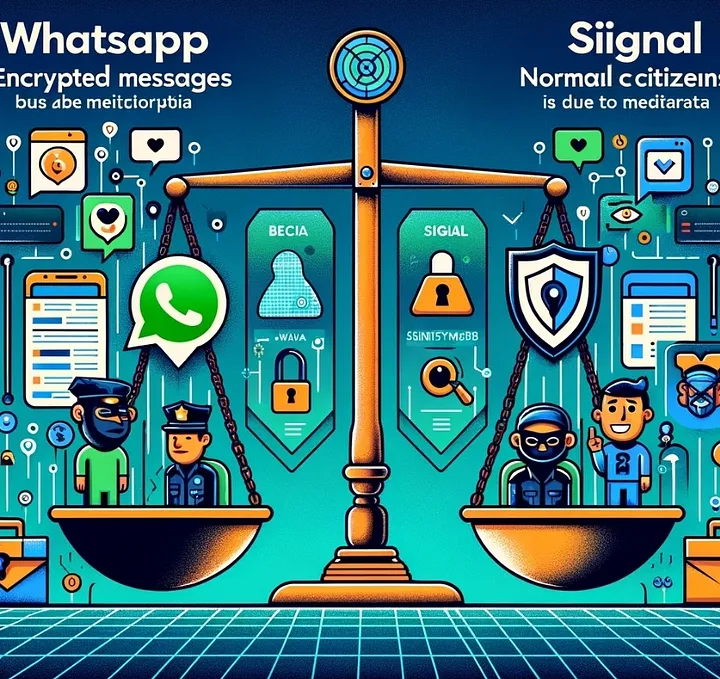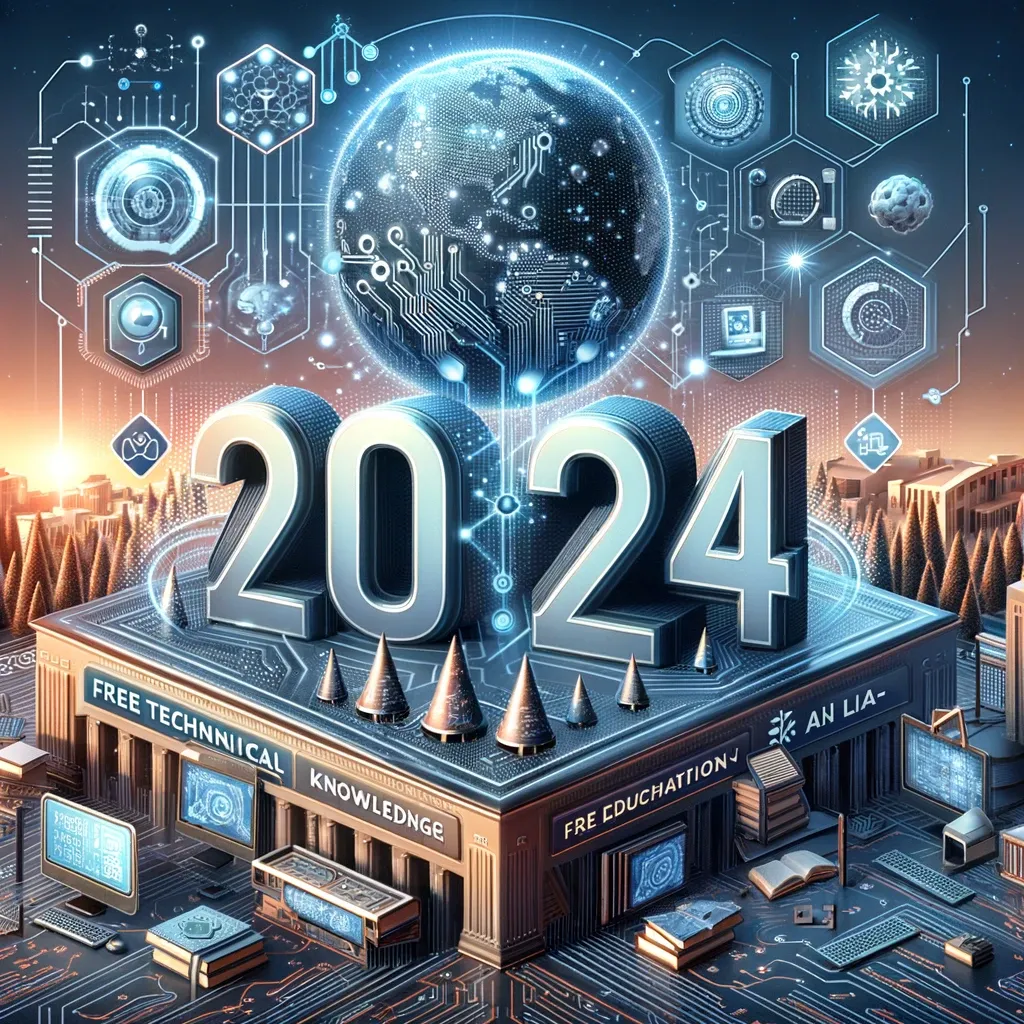Unveiling the Key Duties and Expertise Required to Excel as a Tech Consultant
“One of the most rewarding aspects of being a tech consultant is the opportunity to solve complex problems and witness firsthand the transformative impact of technology on businesses. I love seeing the moment when a client realizes the potential of a new technology we’ve integrated – it’s like turning on a light in a dark room.”
Tim Bates, The Godfather of Tech
In today’s rapidly evolving digital landscape, the role of a tech consultant has become increasingly vital for businesses aiming to stay ahead of the curve. As the Godfather of Tech, I’ve seen firsthand how a tech consultant can transform an organization. Let me share with you the roles and responsibilities that define a successful tech consultant, based on my extensive experience.
Technology Strategy and Planning
Role: As a tech consultant, I develop comprehensive technology strategies that align with the business goals of my clients.
Responsibilities:
- Assess Current Technology Infrastructure: Identify areas for improvement in the existing tech setup.
- Develop Long-Term Technology Plans: Ensure these plans support overarching business objectives.
- Recommend New Technologies: Provide insights on tools that could benefit the organization.
- Align Technology Initiatives: Make sure these initiatives are in sync with business strategies for cohesive growth.
Example: In my career, I’ve often analyzed the existing IT infrastructure and identified inefficiencies. Then, I’ve developed roadmaps to integrate advanced technologies like AI and blockchain, enhancing business operations.
Implementation and Integration
Role: Implementing and integrating new technologies seamlessly into an existing framework is crucial.
Responsibilities:
- Oversee Technology Deployment: Ensure minimal disruption to daily operations during new tech rollouts.
- Customize Software Applications: Tailor applications to meet specific client needs.
- Ensure System Compatibility: Integrate new systems with existing IT infrastructure.
- Train Staff: Educate employees on new technologies for smooth adoption.
Example: My work with GM, where I led the implementation of immersive technologies in various departments, showcases the critical role of integration in enhancing operational efficiency.
Problem Solving and Troubleshooting
Role: Providing solutions to technical problems and challenges that businesses face is a key part of my job.
Responsibilities:
- Diagnose Technical Issues: Identify and troubleshoot issues across different systems and platforms.
- Implement Solutions: Develop and apply fixes to prevent future problems.
- Provide Ongoing Support: Maintain systems to ensure they remain operational and efficient.
- Utilize Advanced Technologies: Use AI to predict and address potential issues proactively.
Example: The transition from traditional grid paper to advanced AI tools in digital imaging is a testament to solving complex problems with innovative solutions.
Security and Risk Management
Role: Ensuring the security of digital assets and managing risks associated with technology use is essential.
Responsibilities:
- Conduct Security Audits: Identify vulnerabilities in the current setup.
- Develop Security Policies: Implement procedures to protect data.
- Educate Employees: Promote best practices in cybersecurity.
- Manage Risks: Create disaster recovery and business continuity plans.
Example: Crafting a five-layer defense strategy for GM highlights the importance of robust security measures in protecting company assets.
Innovation and Digital Transformation
Role: Leading digital transformation initiatives to modernize and improve business processes is something I excel at.
Responsibilities:
- Identify Transformation Opportunities: Spot areas within the organization ripe for digital overhaul.
- Lead Technology Projects: Introduce new technologies and processes to boost productivity.
- Foster a Culture of Innovation: Encourage the adoption of cutting-edge technologies.
- Measure Impact: Assess the effectiveness of digital transformation initiatives and refine strategies as needed.
Example: Leading GM’s digital twinning and immersive strategies, saving millions in costs, demonstrates the profound impact of digital transformation.
Client Relationship Management
Role: Building and maintaining strong relationships with clients is fundamental.
Responsibilities:
- Understand Client Needs: Tailor solutions to meet specific requirements.
- Provide Clear Communication: Offer regular updates on project status.
- Ensure Client Satisfaction: Deliver high-quality results consistently.
- Act as a Trusted Advisor: Guide clients through technological changes with confidence.
Example: My reputation as a “Connector” who brings together people, ideas, and resources is essential in fostering strong client relationships.
Continuous Learning and Adaptation
Role: Staying up-to-date with the latest technological advancements and trends is a continuous process.
Responsibilities:
- Stay Informed: Keep abreast of new technologies and industry best practices.
- Attend Conferences and Workshops: Enhance my knowledge through continuous education.
- Adapt Consulting Strategies: Incorporate the latest innovations into consulting practices.
- Share Knowledge: Educate clients on new developments to help them stay competitive.
Example: The emphasis on AI-enhanced immersive technologies for enterprise excellence highlights the need for continuous learning and adaptation.
Conclusion
The role of a tech consultant is multifaceted and dynamic, requiring a blend of strategic thinking, technical expertise, and interpersonal skills. By focusing on these core responsibilities, I drive significant value for my clients, helping them navigate the complexities of the digital age and achieve sustained growth and innovation.
For example, my strategy might involve:
- Optimization of Output: Identifying inefficiencies in current processes and implementing solutions to enhance productivity.
- Client Satisfaction: Ensuring that technological solutions meet client needs and expectations.
- Financial Matrix Enhancement: Leveraging technology to improve financial performance and ROI.
- Comprehensive Security Strategies: Developing robust security protocols to safeguard digital assets.



